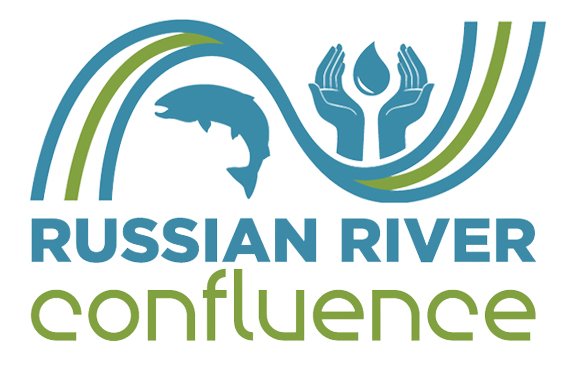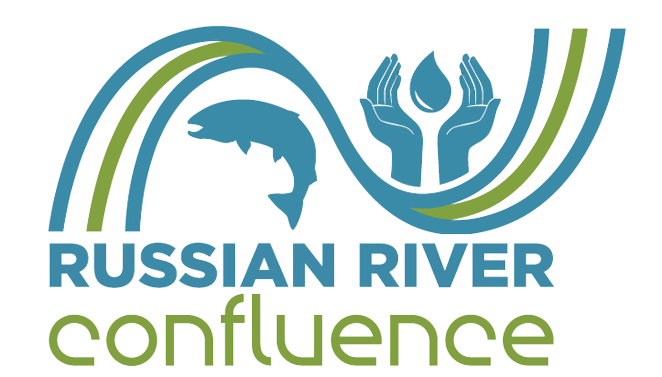Ag + Open Space and Regional Parks Welcome Visitors to Chanslor Ranch
Sonoma County Ag + Open Space is pleased to announce the purchase of Chanslor Ranch – a 378-acre property along Highway 1 near Bodega Bay, which is now the county’s newest regional park and open space preserve. Ag + Open Space entered into contract with Chuan “Jonathan” Wang in May of 2023, ultimately purchasing the ranch for $5.5 million and taking ownership of the property in late November. Sonoma County Regional Parks is managing the property and will take ownership, subject to a conservation easement and recreation covenant, later this year.
“We are thrilled to have Chanslor Ranch under public ownership,” said Fifth District Supervisor Lynda Hopkins. “This coastal gem has been a beloved destination for community members and visitors alike for many years, and we look forward to welcoming even more visitors on this cherished property in the years to come.”
Since the close of the sale, Ag + Open Space and Regional Parks have been preparing the longtime guest ranch for continued public use by improving the parking area, marking existing trails, and removing safety hazards. Hikers and equestrians continue to have access to the existing trails, while a commercial stable continues to offer private trail rides and horse boarding.
“Chanslor Ranch’s existing trails and recreational opportunities provide an exceptional outdoor experience overlooking Bodega Bay, Salmon Creek and the Sonoma coast,” said Sonoma County Regional Parks Director Bert Whitaker. “And we look forward to seeing the community’s enjoyment while exploring their newest park and preserve.”
The ranch is rich in natural, scenic, and recreational resources, and had been eyed for conservation for decades. Salmon Creek, which runs from just west of Occidental all the way to the Pacific Ocean, borders the ranch to the north. The creek is part of the Salmon Creek Watershed, which is home to several threatened, endangered, or special status species including: California freshwater shrimp, tidewater goby, steelhead trout, California red-legged frog, and western pond turtle. The watershed is also host to several rare plants, including Western leatherwood and yellow larkspur.
The ranch is also home to wetlands and riparian forests that provide critical habitat for many plants and animals. An estuary found on the ranch is also an important habitat and migration point for birds. Grasslands and pastures sweep across the land, providing room for wildlife to roam and hunt. The ranch’s viewsheds, including the well-known Coleman Hill, also contribute to our county’s rugged and stunning scenic character, something highly valued by residents and visitors alike.
Located across Highway 1 from Sonoma Coast State Park, and next to the Ag + Open Space-conserved Carrington Coast Ranch Regional Park and Open Space Preserve, this property will be a wonderful addition to a series of publicly accessible lands along our breathtaking coastline. Its location farther inland also means that as sea levels rise, coastline parks will remain accessible, and plants and wildlife will have room to adapt. With this project, Ag + Open Space will have helped create or expanded 24,365 acres of land for public recreation.
“Building connections is an integral part of our work to conserve Sonoma County’s natural and working lands,” said Ag + Open Space General Manager Misti Arias. “We conserve lands that connect habitats for wildlife, ensure waterways and groundwater remain intact, keep forests and grasslands healthy so they can provide us with clean air, and allow us all to experience the beauty and wonder of the natural world. Chanslor Ranch checks all of those boxes, and more.”
While visitors are welcome at any time during operating hours, Ag + Open Space and Regional Parks will be hosting an “Open House” on Saturday, March 9, with informational booths, activities, and interpretation. More details will be shared with the community in advance of the date.
For more check out the Sonoma County Regional Parks visit page here

